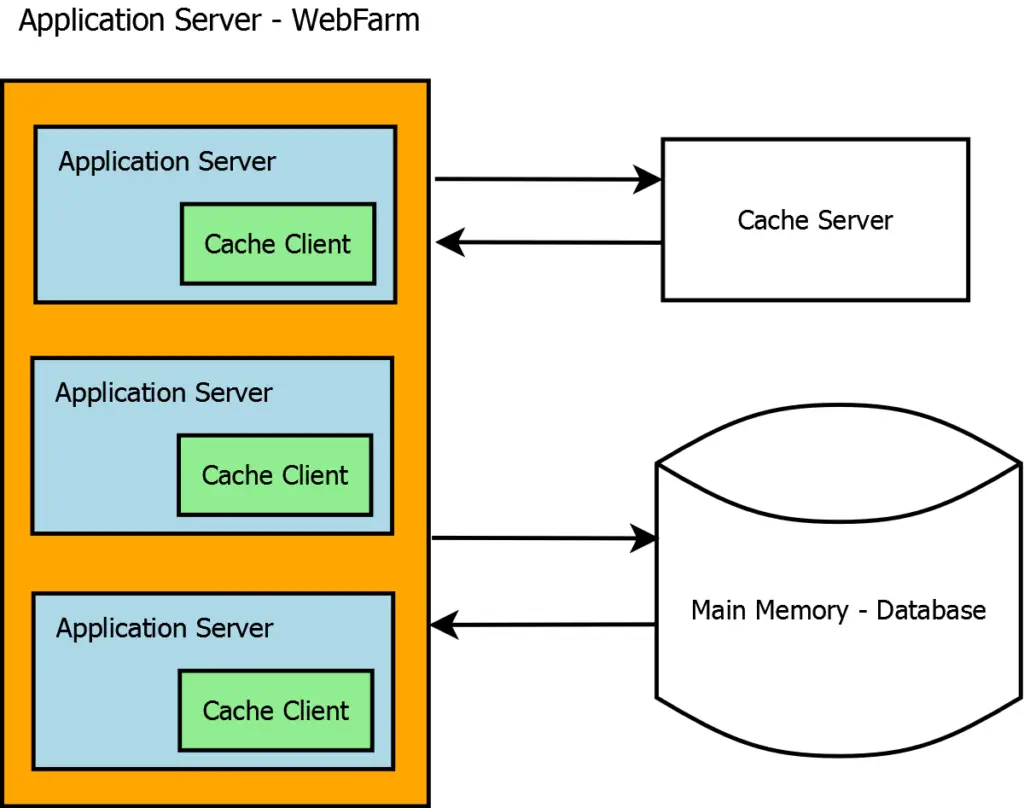How to implement keyboard shortcuts in a Windows Forms application
By Tan Lee Published on Nov 29, 2024 687
You can capture keyboard input at the form or control level by handling the KeyDown or KeyUp events. These events allow you to detect when a key is pressed, and you can then map that to a specific action.
Set the form's KeyPreview property to true to capture keyboard events before they're sent to the focused control.
For example, Implementing a simple shortcut (Ctrl+S) to save
private void Form_KeyDown(object sender, KeyEventArgs e)
{
// Check if Ctrl + S is pressed
if (e.Control && e.KeyCode == Keys.S)
{
// Perform save action
}
else if (e.Control && e.KeyCode == Keys.O)
{
// Perform open action
}
}You can also override the ProcessCmdKey() method as the generic solution for keyboard shortcuts in a Windows Forms application.
protected override bool ProcessCmdKey(ref Message msg, Keys keyData) {
if (keyData == (Keys.Control | Keys.S)) {
MessageBox.Show("Ctrl+S");
return true;
}
return base.ProcessCmdKey(ref msg, keyData);
}For VB.NET
Protected Overrides Function ProcessCmdKey(ByRef msg As Message, keyData As Keys) As Boolean
If (keyData = (Keys.Control Or Keys.F)) Then
MessageBox.Show("Ctrl+F");
Return True
End If
Return MyBase.ProcessCmdKey(msg, keyData)
End Function
End ClassThe method returns True to indicate the key press has been handled, preventing further processing. If the key combination doesn't match Ctrl + F, it calls the base class's ProcessCmdKey method to handle other key presses.





